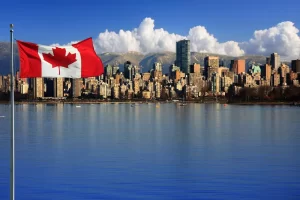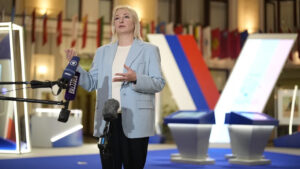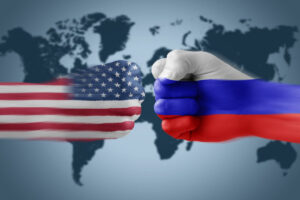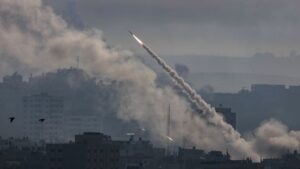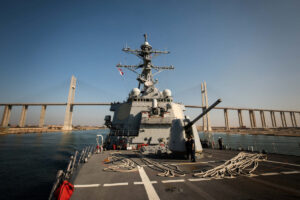
Under pressure from allies to ease the humanitarian crisis in the Gaza Strip as Israeli hostages are welcomed home under the terms of a fragile ceasefire, Israel faces increasingly difficult decisions about the future of its war against Hamas.
Israeli leaders have vowed to eliminate Hamas, the group that has controlled Gaza since 2007 and that led the devastating October 7 attack on Israel. They pledged to rescue about 240 people kidnapped by Hamas and other Palestinian armed groups. Those days.
Prime Minister Benjamin Netanyahu has cited the recovery of the hostages to justify his support for a pause in Israel’s ground offensive – and has also said Israel’s military is ready to resume fighting if the ceasefire ends.
But the deal gives Hamas time to regroup and withdraw, making Israel’s objective more difficult. And with Israel’s release of Palestinians from captivity or detention under this system there is growing support for Hamas in the Israeli-occupied West Bank.
The extended ceasefire has allowed more relief to reach Gaza’s 2.2 million residents, most of whom have been displaced by the war and face severe shortages of food, medicine and fuel.
Where does the cease-fire agreement stand?
Israel and Hamas have extended their brief truce from four to six days, according to Qatar, which is mediating their talks. The agreement has so far held despite allegations of breaching it by each other.
Since Friday, Hamas has released at least 85 hostages and Israel has released 180 Palestinian prisoners.
Where does Israel’s military operations stand?
Before Friday’s cease-fire agreement, Israel’s military bombarded Gaza for weeks, saying it had hit more than 15,000 targets. The bombardment included the use of heavy weapons in dense urban areas, and the Hamas government’s Palestinian Health Authority said more than 13,000 people, including thousands of children, had been killed. The bombardment, resulting in large numbers of deaths and the displacement of most of Gaza’s 2.2 million people, has sparked international outrage over Israel’s campaign.
Israel says it is targeting Hamas throughout Gaza, where its members are embedded among civilians, such as in hospitals and shelters, and in an extensive tunnel network underground.
Early in the war, the Israeli military ordered the evacuation of northern Gaza ahead of a ground offensive. More than 1 million people fled south and the offensive began in late October.
Israeli troops occupy a portion of northern Gaza roughly in the shape of a C: the northern edge of the Strip, a sliver along the Mediterranean coast, and the central Strip below Gaza City. The forces essentially encircled Gaza City and split the Strip in two in an attempt to disrupt Hamas’ hold on the enclave and drive it out of its largest city. However, there are parts of northern Gaza that the Israeli military does not control.
Israeli forces have also closed hospitals in Gaza, capturing Shifa, Gaza’s largest and most modern. Israel said Hamas used tunnels under the hospital as a command center, allegations denied by the group and hospital staff.
The Israeli military has attempted to substantiate its claims, releasing videos that show part of a tunnel shaft at the site of the Shifa complex and rooms within the tunnel. But the Israeli troops advanced slowly, careful of explosives and booby traps.
The military said it had destroyed some Hamas tunnels, but did not say whether its troops were fighting inside them.
Ron Dermer, a member of Israel’s war cabinet, told Sky News on November 7 that the Israeli military had killed “several thousand” Hamas fighters since the war began. He said the total at the time was more than 3,000 and “probably close to 4,000 already.” Israeli officials estimate that Hamas numbered about 25,000 members before the war began.
According to the Israeli military, more than 70 Israeli soldiers have been killed since the ground offensive began.
What about the leadership of Hamas?
Hamas has acknowledged the death of several commanders in the fighting, including at least one senior figure. Several other Hamas officials and commanders are believed to have been killed. In Gaza, the hardline leader of Hamas, Yahya Sinwar, is a top target of Israeli forces.
Israeli leaders have said they do not want to recapture Gaza after the war, and it is not yet clear how they can completely eliminate Hamas from the Valley. And in the West Bank, which is occupied by the Israeli military, support for Hamas has grown amid recent Palestinian liberation and growing frustration with the Palestinian Authority that oversees the West Bank.
Hamas’s political leadership is beyond Israel’s reach. Qatar hosts Hamas political leaders in its capital, Doha, where Qatari officials are mediating talks between Egypt and the United States, as well as between Israel and Hamas.
